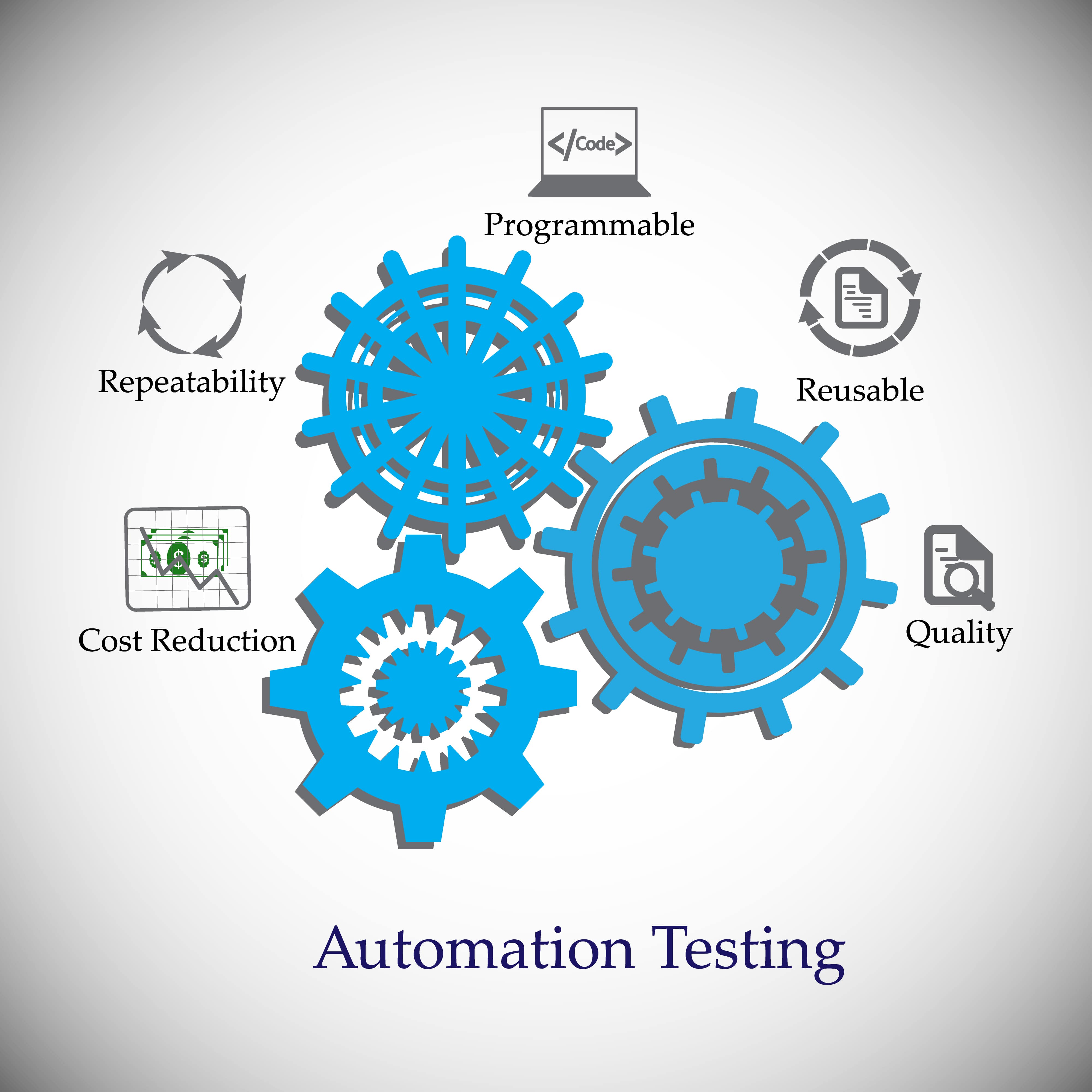Discovering the Future of Automation Testing in Software Development
Wiki Article
The Future of Software Development: Harnessing the Possible of Automation Examining for Faster, A Lot More Trustworthy Releases
In the realm of software advancement, the pursuit for quicker, more dependable launches has long been a central focus. As technology developments and customer assumptions progress, the function of automation testing in achieving these goals has actually become significantly prominent - automation testing. The possible benefits of automation testing are substantial, promising not just to speed up launch cycles but additionally to boost the overall high quality and consistency of software. In a landscape where speed and accuracy are critical, harnessing the capacities of automation testing stands as a vital strategy for staying ahead.The Power of Automation Checking
In the realm of software growth, the application of automation screening has actually shown to dramatically enhance performance and quality control procedures. By automating recurring and lengthy manual testing tasks, software groups can streamline their screening initiatives, lower human mistakes, and increase the overall advancement lifecycle. Automation screening permits the quick execution of examination situations throughout different environments and setups, providing programmers with fast responses on the high quality of their code adjustments.One of the crucial benefits of automation testing is its ability to boost examination protection, ensuring that even more functions and capabilities are extensively tested. This extensive screening technique helps identify defects early in the advancement cycle, minimizing the possibility of pricey insects getting to production. Automation screening promotes constant assimilation and constant shipment practices, making it possible for groups to release software program updates a lot more regularly and dependably.
Accelerating Release Cycles
The acceleration of launch cycles in software development is critical for staying competitive in the rapidly progressing technology landscape. Shortening the time in between releases allows firms to respond quickly to market needs, integrate user feedback without delay, and outpace competitors in supplying innovative attributes. By adopting active approaches and leveraging automation screening devices, development groups can improve their procedures, identify insects previously, and ensure a better product with each release.Increasing release cycles also enables software application companies to maintain an affordable side by swiftly addressing safety vulnerabilities and adapting to altering regulatory needs. Additionally, frequent releases assist in structure consumer trust and commitment as individuals profit from constant enhancements and bug fixes. This iterative approach fosters a society of continual enhancement within growth groups, motivating partnership, advancement, and a focus on supplying value to end-users.
Making Certain Consistent Top Quality Guarantee
Amidst the increased release cycles in software program growth, maintaining consistent quality control ends up being vital for making sure that each version fulfills the highest possible criteria of functionality and integrity. Regular quality guarantee entails an organized technique to screening and evaluating software application to recognize and rectify any type of defects or problems immediately. To accomplish this, software development teams should establish robust QA processes that are integrated read here throughout the development lifecycle. This includes defining clear quality standards, conducting extensive screening at each phase of growth, and leveraging automation screening devices to simplify the process.Overcoming Common Screening Obstacles
Attending to and fixing usual testing obstacles is crucial for making sure the efficiency and performance of software application development procedures. This issue can be mitigated by detailed test preparation, integrating diverse screening strategies, and leveraging automation screening to improve protection. Furthermore, collaborating testing efforts throughout different teams and divisions can position an obstacle due to interaction spaces and varying concerns.Executing Automation Testing Strategies

Continuous assimilation and implementation pipelines can additionally streamline the automation screening process by instantly causing tests whenever brand-new code is committed. By embracing automation screening strategies, software application growth groups can accomplish much faster testing cycles, look at this web-site higher examination coverage, and eventually provide more trusted software launches.
Conclusion
Finally, automation testing provides a powerful tool for accelerating launch cycles, making sure constant quality control, and getting over usual screening obstacles in software advancement. By harnessing the potential of automation screening techniques, companies can attain much faster and much more reliable releases. automation testing. Welcoming automation screening is vital for staying competitive in the busy world of software application growth
In verdict, automation testing supplies an effective device for accelerating launch cycles, ensuring constant top quality assurance, and getting rid of usual screening difficulties in software growth.
Report this wiki page